When the early 2000s coffee price crisis hit and specialty coffee started to become more popular as an alternative for sustainable prices and production, the concept of terroir was widely embraced. Borrowed from wine makers, the idea was a great marketing strategy to add value to a devalued product. And it worked. We became used to the idea that coffees from certain countries have certain classic or expected cup profiles. But do they?
Today, the specialty sector of the coffee industry has developed to such an extent that for many people it doesn’t make sense to talk about terroir anymore. We used to expect Colombian coffees to be chocolatey, toffee-like and full-bodied (same as other South American coffees from Brazil and Peru) but clean and with a brighter acidity than any other neighbouring country could produce.
Innovative post-harvesting messed up terroir. And it’s great!
Back in a time when all Colombian coffees were wet-milled or washed to pretty much the same (pre-defined by the FNC - Federación Nacional de Cafeteros) standards, there was a logic to our expectation. A lot of coffees did taste kind of like this with more or less fruit depending on a number of factors such as variety, level of ripeness of the cherries etc.
Now, however, there is no standard for post-harvest. Not in Colombia or anywhere else. Coffee growers have realized they can have - and need to have - their own recipes for success to remain attractive and competitive to buyers. What we see now is that grower A’s Fully Washed is different from grower B’s Fully Washed not just because of terroir but because they adopt different fermentation methods, drying protocols etc. They can, for example, spread the coffee in a thick layer to dry and don’t touch it for 2 days or spread it in a thin layer and rake it from the get-go.
There are millions of possibilities for coffee at the moment! As a roaster, if you love variety, you couldn’t choose a better time to be alive and to drink coffee. With this in mind, we selected a few lots from Colombia that we would call “unusual”. They can be uncommon due to surprising flavour notes we don’t come across very often for presenting a combination of attributes that puzzled us. Basically, coffees we would get wrong on a blind cupping if we had to guess.
We hope you enjoy the selection and invite you to cup blind with us and be surprised!
CO-131: Anserma’s Scarlet Profile
This lot is a single-variety Castillo Naranjal, a sub-cultivar of the Castillo variety developed by Cenicafé for the departments of Caldas, Risaralda, Quindio and Valle del Cauca. Apparently, it is perfectly suitable for their climatic conditions. The post-harvest includes an anaerobic fermentation in barrels and a prolonged drying period on raised beds. The cup is funky and fruity as you could expect from an anaerobic coffee, but it has also notes of coconut which are quite unusual.
SCA Score: 88
Key flavour notes: Raspberry, Coconut, Candy-like
Comments: Funky, fruity and sweet, with sparkling acidity and velvety body, lingering aftertaste, full of candy and raspberry.
CO-124 Hacienda Cafetera La Pradera’s More-than-Fully-Washed Gesha
Okay. It’s not fair to include Gesha on the list, you might say. But Geshas are such fiddly trees that we believe this one deserves its place here because it’s organic, so double whammy hard to grow. In this episode of Mission: Impossible Tom Cruise is replaced by Oscar Daza and he wears a hat. The following action scenes are pure drama: first, the cherries are fermented for a 24-hours period and then partially pulped in a sealed hopper for another 36 hours. The coffee will be pulped again in Oscar’s eco-pulper, go to the pre-drying deck to stabilize and only after that it will be taken to the drying beds. It ends with a happy ending with the aroma and flavour of jasmine and lemon. Roll the credits.
SCA Score: 87
Key flavour notes: Jasmine, Lemon, Peach
Comments: At its best hot and warm, complex in flavours topped with bright citric acidity, smooth and tea-like body - would make a great soft filter. From Oscar: Discover notes of jasmine, vanilla, sugarloaf, tangerine, rose tea, and a delicate, juicy lingering taste of fruits.
Not all red is the same. Not all red means ripe. This is a warning farmers Hilda Mejía and Álvaro Ramírez Jáuregui give to their pickers before the season starts. “Uva” means grape and refers to the colour of the cherries picked for this coffee: a deep dark winey red. The process is pretty artisanal as Finca El Sauce is a small endeavour. Hilda and Álvaro use a small container to rinse the cherries and clean the floaters away. It is very precise. Each lot is made of 2 days of pickings and the cherries rest in a closed barrel for 48 hours. They will be depulped in the evening, rest some more with the mucilage in a tank and taken to dry on modules line with fabric that allows ventilation. The coffee is surprisingly spicy and a very successful honey. Believe it or not, honeys fail more often than not and it’s not the case with this one.
SCA Score: 85
Key flavour notes: Spice, Cranberry, Stone fruit, Coconut, Blackthorn, Toffee
Comments: Interesting cup profile with hints of coconut and spice. Fruity and well balanced with medium citric acidity.
We don’t quite get it, but Ricardo and Lina Maria, the owners of this farm, have the most floral coffees on the block. Their florals are not intense like Ethiopian florals but are unlike the vast majority of coffees from Santander. Light in body, elegant, bright, fresh and honey-like, this Castillo could be Gesha’s younger brother. Other than the fact that the cherries are fermented for 24 hours inside a closed wooden tank, the post-harvest method is not very different from most honeys. But then, growers always conveniently forget certain details to keep their recipes secret… Lina and Ricardo are also new to specialty and perfecting their techniques. Expect everything from these two.
SCA Score: 84.25
Key flavour notes: Floral, Citrus fruit, Stone fruit, Green apple
Comments: Interesting cup profile with citric acidity and a fresh touch of floral followed by a round honey-like body and a lingering, toffee-like aftertaste.
***
Find more Colombian coffees either crazy or balanced in the Algrano platform. It takes only 2 minutes to create an account and get access to direct coffee sourcing. You connect - we deliver.
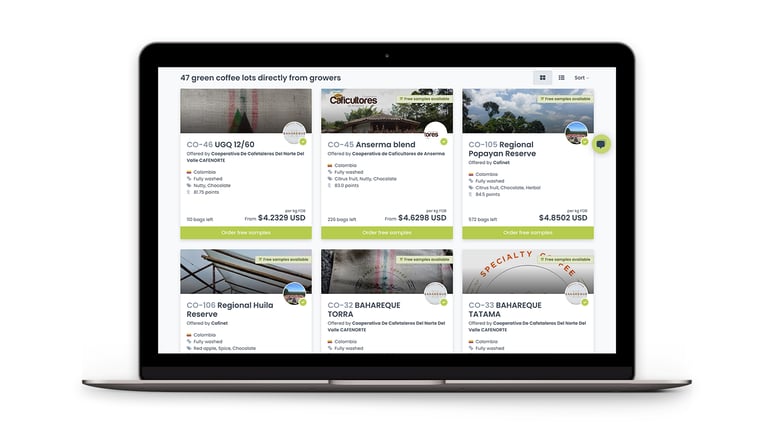


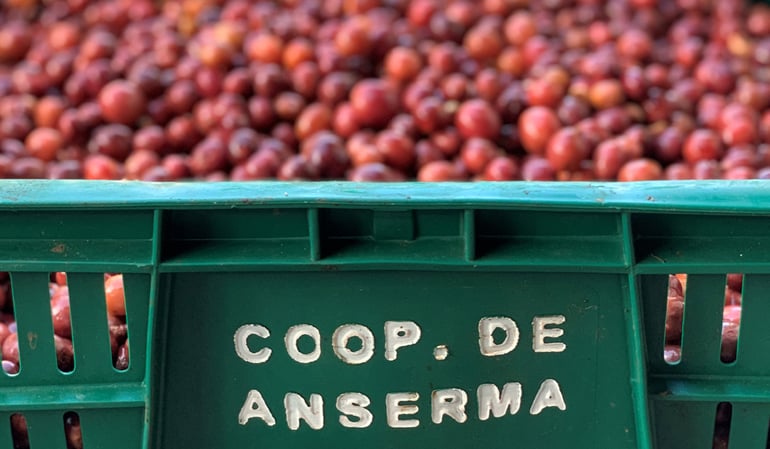
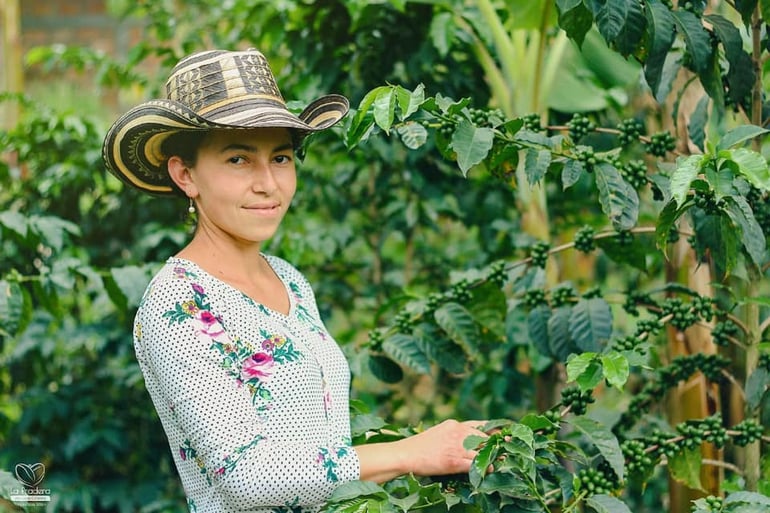

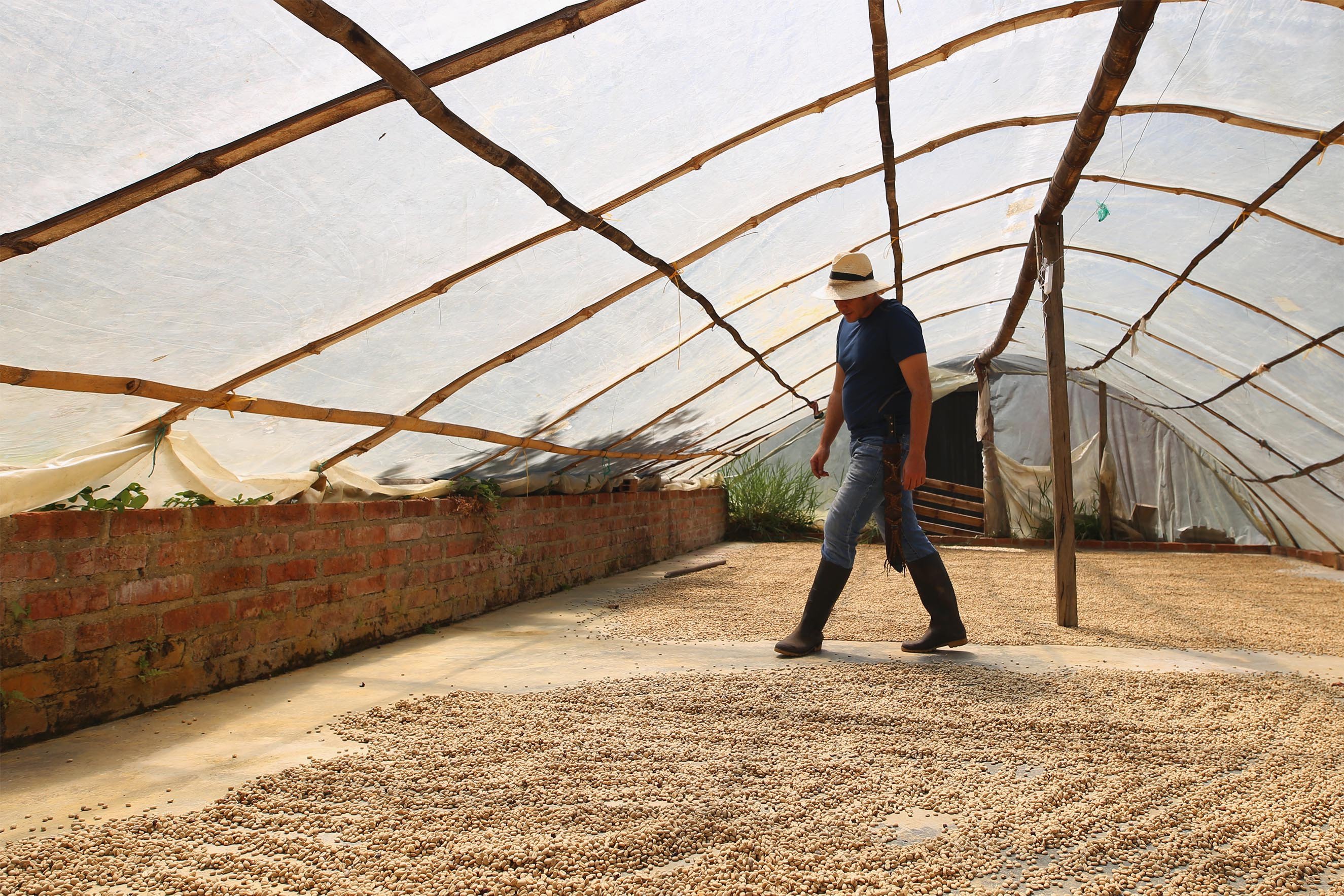

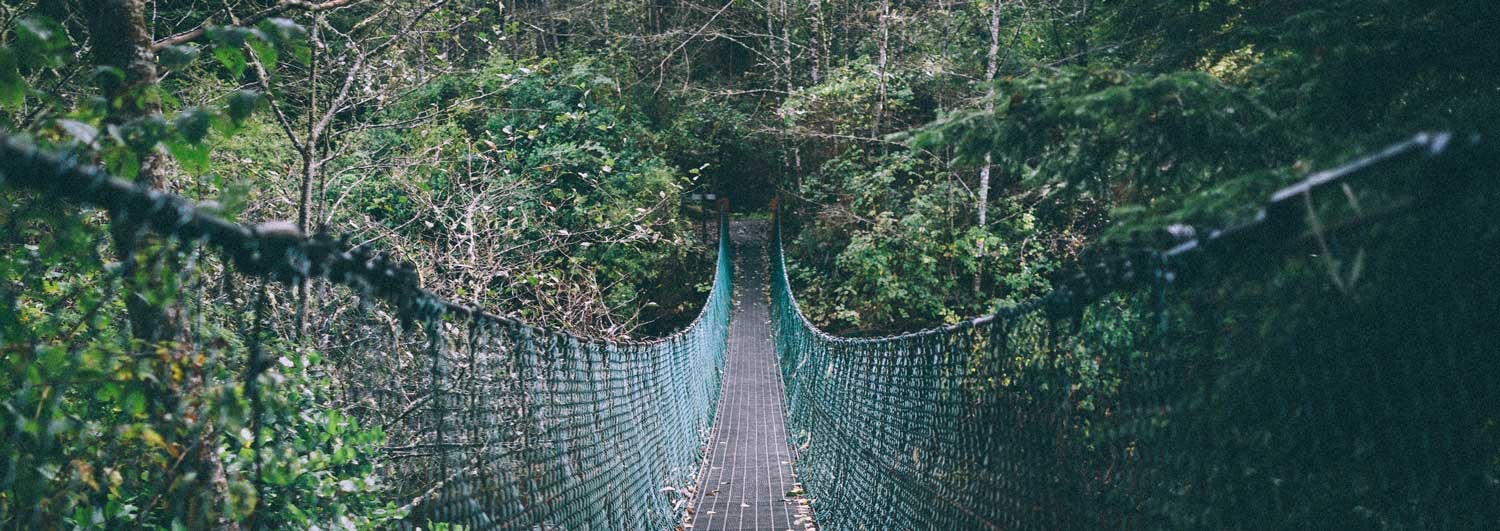

Let Us Know What You Thought about this Post.
Put your Comment Below.